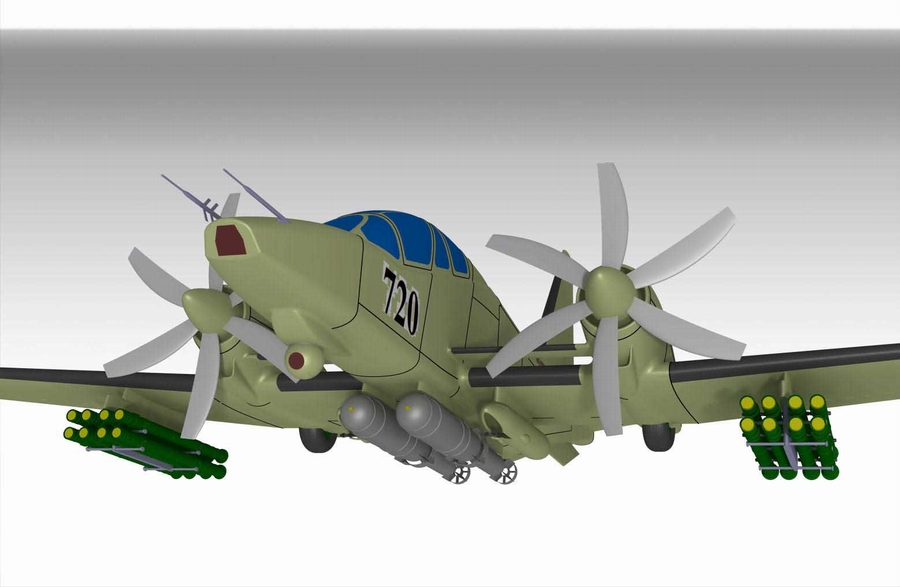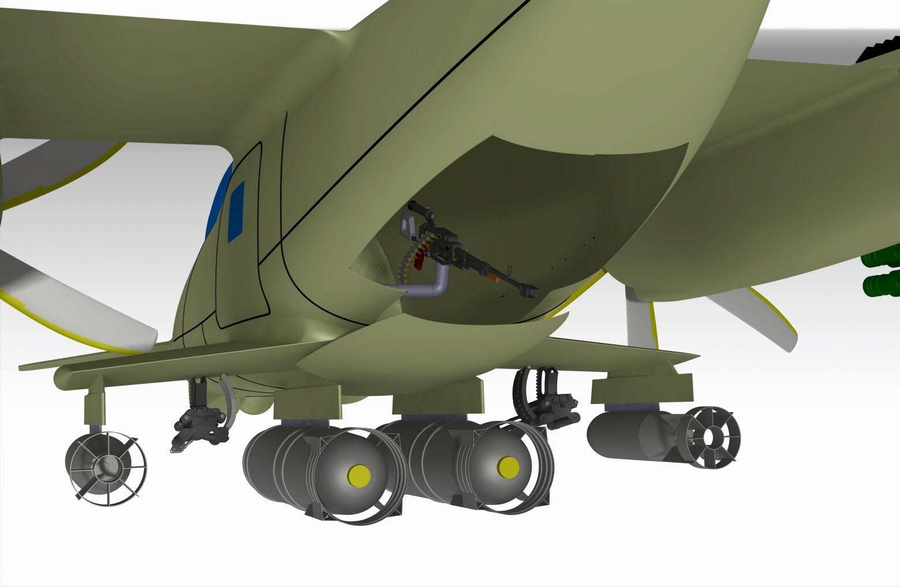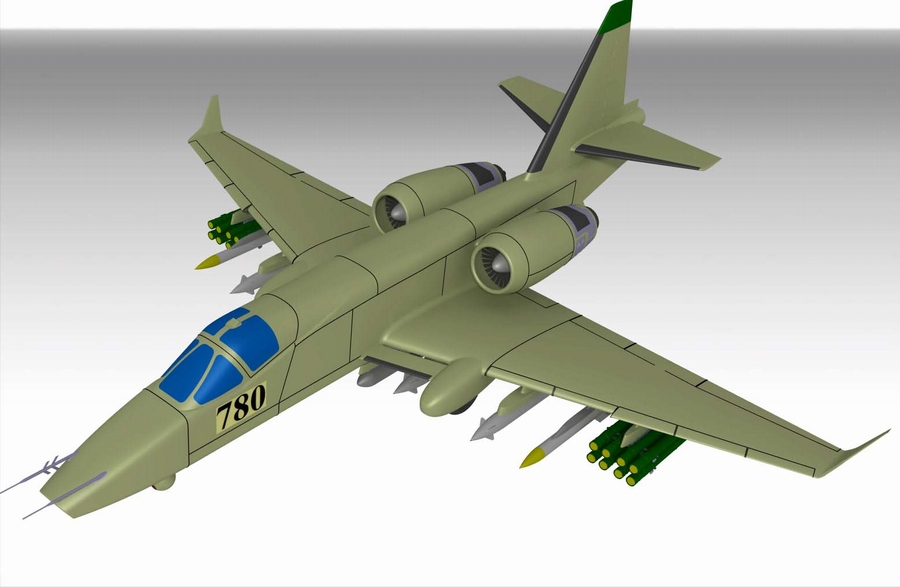No, Garry , you are mistaken...I'm really honoured and grateful you replied me.
Now you are confusing me... are you being sarcastic or genuine... I reply to everything I am interested in... the trick is getting me to shut up.

Diversity of opinion is the salt of a DISCUSSION forum so having the interest of a competent member like you is a great thing overall.
A very mature thing to say... assuming you are being sincere and not sarcastic....

Naturally , in a discussion you can use some irony and use figures of speech (dire straits, nail in the coffins...), in the case this lead you to sense any hostility, I'm sorry, my fault.
I admit that the MiG-29 is a bit of a sore spot as far as I am concerned, because I have always liked the aircraft since it was first shown publicly on a visit to Finland in the 1980s.
For a while it was the boogeyman that the west talked up and respected, but then the Flanker appeared and all of a sudden the MiG became a joke really... even when kicking arse in the 1990s during HATO testing with west german pilots, the secrets were out and HATO aircraft could train against them and learn their strengths and weaknesss... except that was an old model B version for Warsaw Pact export that had none of the neat stuff the Soviet and Russian MiGs had.
The East German MiG-29 didn't have BVR IR guided missiles, only the SARH R-27 and R-73s, but they worked out that the R-73s and helmet mounted sights made the aircraft too dangerous to get anywhere close.
In the 1980s HATO thought they would dominate the skies over Europe because their sidewinders and new fighter aircraft were considered unbeatable in a dogfight.
In the 1990s they found they would have gotten their arses kicked because the R-73 was an excellent missile where even if they managed to get a shot off before their own aircraft were shot down the R-73 was probably going to kill them anyway.
The US funded the AMRAAM and decided to avoid the situation by avoiding dogfighting all together... and screwed the UK again because the plan was AMRAAM made by the US for BVR missile and ASRAAM made by the UK for short range AAM, and they ended up with AIM-9X and Iris-T and no standard short range AAM for HATO.
Then a decade with no money so it made more sense to have fewer aircraft that could cover large areas of nothing, and then a decade when the focus was getting the heavy 5th gen fighter up and running... and now they are looking like actually spending money on the MiG-35 people are still talking about coffins for the aircraft when the Americans are putting F-15s back into production because their F-22 sucks and the F-35 is no better.
They will be spending probably the better part of 250 million per F-15, but at least it should be mission capable.
And I'm having nothing against product of Mig corporation and the -35 itself, at the contrary I regret that in its developmental process they went on a wrong track and so put its adoption in jeopardy.
Have had a long discussion with LSOS about the aircraft and about all the things MiG did wrong but as far as I can tell they actually did everything right.
When they developed the MiG-29 they also developed a single engined version which the Russian AF rejected.
There is lots of talk about someone moving from MiG to Sukhoi with the body shape that is so familiar now and lots of claims that MiG copied Sukhoi or Sukhoi copied MiG.... I would say looking at the first flying prototype of the Su-27 it was Sukhoi that took the MiG-29 design and scaled it up and gave it a longer nose and a dick between its engines.
I don't care who copied who... both are beautiful aircraft in their own right and I am happy one has had such great success, but don't understand why the other gets shat on so regularly.
Against the Russian forces neither the Su-27 nor the MiG-29 seems to be super planes, yet both appear to be able to operate from rough airstrips and difficult to eliminate completely.
On a punctual reply, let's give me a few more time, i'm rather busy today and between New Zealand and Italy there is 12 hours, so I was in the lunch pause a.t.m. i noticed your reply.
I apologise and over reacted... the sudden good news that it was going into serial production appeared to be snatched away and I was upset.
With new modern avionics and new radar and new engines a MiG-35 is as good as any other modern aircraft flying today for doing 95% of all the jobs it would need to do (excluding stealth jobs of course)... when launching missiles or delivering bombs the target is not going to realise it came from this or that aircraft.
The core difference is that the MiG-35 can do most of the things a vastly more expensive aircraft can do and it does it much much cheaper.
The purchase price is not cheap compared with other Russian aircraft, but I suspect that is largely because the new AESA radar will be expensive and have a failure rate that costs money, so it may give better performance than a PESA but there is a financial cost to that.
Over time and with volume production the AESA elements will become smaller and lighter and cheaper and their performance and reliability will improve by a significant margin and over time the purchase price will come down and the performance will massively increase... but that only happens when it goes into actual serial production... just making 6 means it will never cross that boundary... which was also frustrating.
Mig 35 can be cheaper to operate than sukhoi but it's still to high.
Its operational costs are much less than Flankers. That was its reason for being.
Looking the needs for their ukro war, they mostly just need something that can launch gliding bombs at high speed and destroy naval drones. Rest can be done by sukhoi.
I would think helicopters would be better for engaging naval drones except those well out to sea, but a MiG-35 can operate from smaller airstrips in smaller hangars and can fly as fast as the flanker and carry the same weapons as the flanker too... except probably the heaviest 2 ton plus weapons.
Mig-23 with its swept wibgs is a nightmare for maintenance and its weapon load is very bad and make it too draggy.
It was developed at a time when a decent wing design had not been created so it was as straight wing that could be adjusted for flight speed and flight regime.
A straight wing for takeoff and landing, a mid sweep wing for manouvering and speed, and fully swept for highest speed flight... it is not something you would be shifting all the time.
The more sophisticated wing of the MiG-29 and Su-27 meant it would work for takeoff and landing and supersonic flight speed.
That single engine mig they presented would be very good for such missions. But at mig they never made the most logical decision which is to produce something that sukhoi isn't producing because russian air force will always choose sukhoi (more common parts and they have now an experience that at mig they doesn't have).
People have suggested that the Yak-130 would be a great replacement for the MiG-29 as the light fighter and even as a replacement for the Su-25 where the back seater would control drones to find targets and then the Yak-130 would engage them from stand off distances.
The single engined 5th gen MiG fighter actually looks like a LIFT except the core difference is that it is designed to be stealthy from the outset, and designed to be a fighter from the outset and it is designed to have stealthy internal weapons carriage from the outset.
The Yak-130 is a cheap aircraft, but when you add the radar and avionics and systems it would need to become a fighter aircraft that lasts five minutes it wont be cheap any more... which is why you would pick it in the first place.
MiG seem to have gone for a very light aircraft design and made a stealth fighter out of that.
Would it be unreasonable to expect they got this right?
When the Russians looked at their strategic aviation they realised they had three big Tupolevs... the blackjack, the bear, and the backfire... the latter is their theatre bomber... while the first two really don't drop bombs any more.
Their solution was the PAK DA, but they knew they would need factories to build the PAK DA so they were smart... the Bear could be replaced and the Backfire could be replaced by this new subsonic flying wing stealthy bomber, but the Blackjack is still a potent aircraft so what they did was they put the Blackjack back into serial production and the production facilities that are making the Blackjack can also be used to make PAK DA bombers when the design is ready.
Getting more Blackjacks including upgrading the current ones is the quickest way to upgrade the fleet... upgrades also applied to the Bears and Backfires also boost the performance, but the money spent on production facilities for the Blackjacks means those facilities can also make the PAK DA when its design is ready and has passed its tests so the factory starts making Blackjacks and then makes PAK DAs as well to replace the Bears and Backfires.
Upgrades to their strategic bombers, while in the background developing a new bomber (PAK DA) means Tupolev can put new systems into current aircraft and work on next gen replacement systems they will develop for the PAK DA for perhaps 10 years time.
I am going to guess they are doing the same with the MiG-35 where the factories making the MiG-35 are being tooled up and will eventually be making the single engined light 5th gen fighter and perhaps also the twin engined light carrier based fighter to replace the MiG-29KR.
I would think it makes sense for Sukhoi to make an Su-57K for their carriers when they are ready.
First of all, having several airplanes, even if they are supposedly inferior, is a positive thing.
Not every job requires a super stealthy fighter with a 30 ton payload and a 5,000km flight radius.
The MiG-21 was popular because it was incredibly cheap.
There would be a wide range of upgrades that could be applied to the aircraft to make it useful and still cheap to operate.
Not to mention that the MiG-27 type attack versions and derivatives are really very good at their task.
The MiG-27K and MiG-27M were both excellent attack aircraft with built in avionics that some western aircraft carried in pods or not at all.
The Su-17M4 was also a popular aircraft.
Moving parts are always more expensive to maintain than non moving parts. Basic physics.
US planes are always more expensive to maintain than planes from any other country. Basic economics.

The Sweep mechanism of the MiG-23/27 was relatively heavy but it allowed the aircraft to operate from short rough airstrips and fly at supersonic speeds.
The acceleration of the MiG-23 was even better than that of the MiG-29... it was a rocket.
And for that matter, Russia (in addition to other countries) continues to use the Su-24, which is also a variable arrow aircraft.
Not to mention the Backfire and Blackjack too.
To begin with, I was referring to the years after the fall of the USSR. The 90s.
Then, he mentioned countries that already had those variable-sweep wing aircraft.
In that case, the costs would be partly amortized.
The problem then was that it was the end of the cold war and most countries wanted to save money on weapons rather than spend money on upgrading existing weapons.
Russia and most other former Soviet republics offered upgrades for their older aircraft but most countries around the world were not interested, and just snapped up any airframes that were put on the international market for sale.
Bit a few countries in the arse actually because Russia was trying to sell aircraft but countries bought aircraft from countries that operated the aircraft that were downsizing their fleet. This led to countries getting cheap prices for aircraft, but those selling those aircraft weren't selling spares and support equipment so those countries that got that great bargain had to go to the maker of the aircraft and were pissed off at the prices.
How would the local Ford dealership feel about you if you bought the entire fleet of old fords from a taxi service for rock bottom prices and then went to the ford dealership looking for parts and support and expecting big discounts.
I will give you a hint... when you buy a new car from someone you get perks and one of the perks you get is support contracts and deals on parts for if and when you need them.
Buying from one of his customers and then expecting good deals on supporting the products is naive... but they bad mouthed MiG over that too.
If you buy MiGs from Kazakhstan and you get your MiGs upgraded in Poland or Israel then don't expect to get great spares and support from MiG for bargain prices.
Actually some of their upgrades looked rather good regarding older aircraft types.
I would say a MiG-23 with an AESA radar and an Al-41 turbofan engine would be a real rocket ship... and the MiG-23 has excellent fight range performance.
A MiG-23 with R-23R and R-23T missiles would have been a real challenge for British Harriers in the Falklands war... but export models generally only ever had AA-2s.














